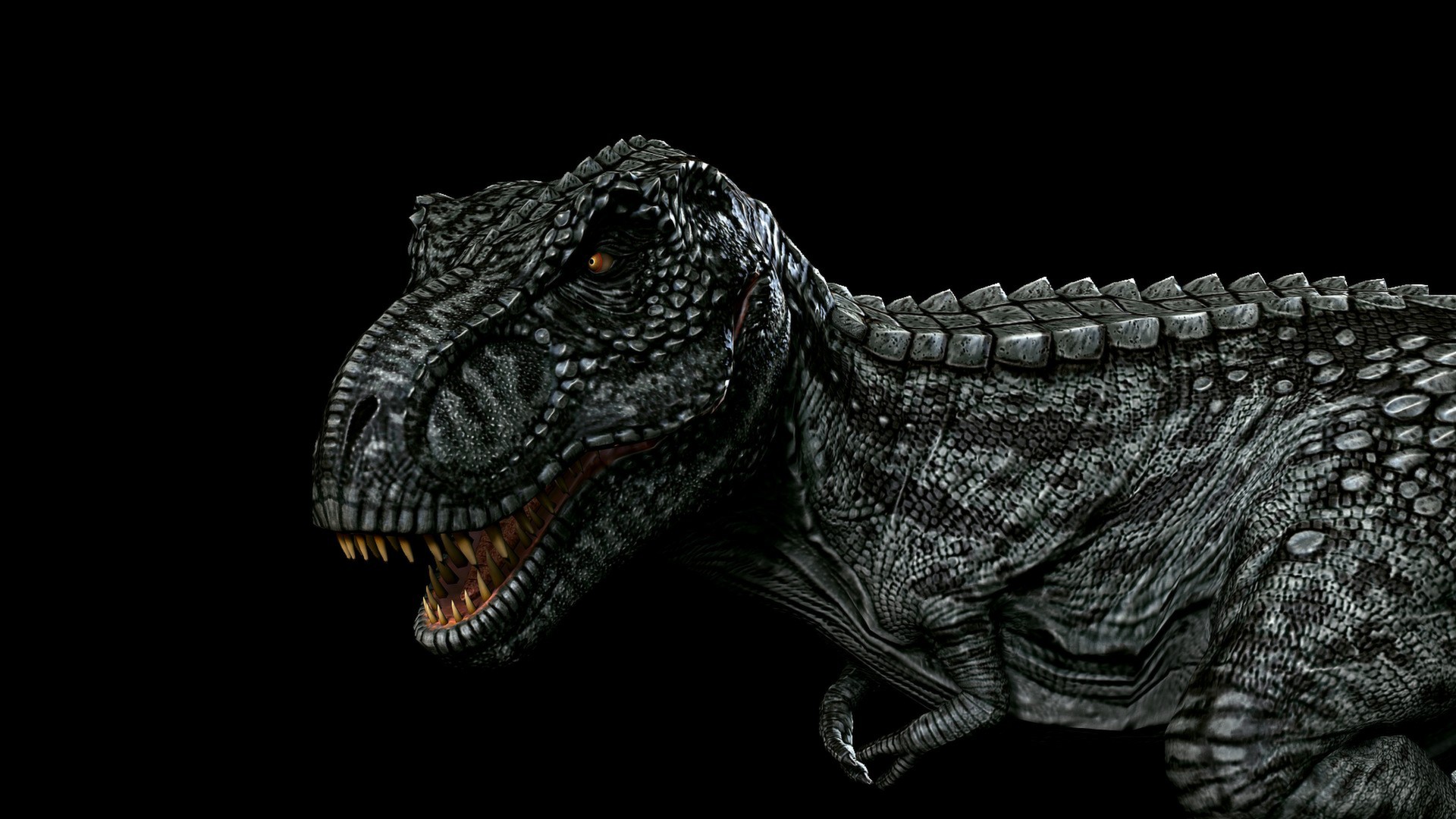
The massive asteroid that wiped out the dinosaurs, might also be responsible for triggering some equally massive volcanic eruptions beneath the ocean. At least, that’s what some new research suggests. What we already know is that about 66 million years ago, a 6 mile-wide asteroid crashed into the Yucatán Peninsula which caused a massive, worldwide earthquake. The impact might have made underwater volcanoes spit up magma even more ferociously than usual. This is all according to a study that was published in the journal Science Advances. These events might have added to the asteroid’s apocalyptic aftershocks — which include wildfires, global cooling, and acid rain — that caused the mass extinction of roughly three-quarters of Earth’s species, including the dinosaurs.
These findings support earlier claims of more intense volcanic eruptions in India around the same time period. But there are still some scientists who are skeptical about the link between the asteroid and these underwater volcanic eruptions. The problem is that the paper doesn’t propose exactly how this happened. Sean Gulick, a geophysicist at the University of Texas at Austin, who did not participate in the study states:
“Why would that much earthquake energy cause eruptions like that? It’s an interesting idea, but where’s the model that backs up the physics that would allow that to happen?”

Is he wrong? Not necessarily. For decades, scientists have been arguing about whether it was volcanoes that caused the massive climate shifts, that eventually killed off the dinosaurs. Or if it was actually the asteroid. The evidence supporting the asteroid hypothesis kept mounting. But then, a few years ago, scientists at UC Berkeley asked why we’ve limited our theory on what happened? Both could have caused this monumental destruction. Which is what sent Earth scientists Joseph Byrnes (University of Minnesota) and Leif Karlstrom (University of Oregon) looking for more signs of ancient eruptions, in an easy to spot stretch of the seafloor.
Gaps in the Earth’s crust called mid-ocean ridges weep magma to create the ocean floor, churning out material at a pretty even pace of up to several inches each year. That allowed Karlstrom and Byrnes to pinpoint the sections produced roughly 66 million years ago. But searching for signs of volcanic eruptions isn’t as easy as looking for bumpy tracts of hardened lava on the bottom of the ocean. These bumpy spots produced by, say, an underwater volcano belching out magma have more mass, and therefore a bigger gravitational pull than valleys or flat regions. So underwater peaks pull more ocean around them, creating wrinkles on the surface that can be seen from space.

Karlstrom and Byrnes found two bumps in stretches of the Earth’s crust in the Pacific and Indian Oceans that were produced within a million years of that 66 million-year-old impact. These bumps were made up of between 23,000 and 240,000 cubic miles (100,000 to 1 million cubic kilometers) of magma, Byrnes says — which means that the mid-ocean ridges had suddenly started erupting more intensely than at any other point in 100 million years.
What does this mean? Well, they suspect that when the asteroid crashed into the Yucatán, that it hit the Earth in such a way as to send powerful vibrations through the Earth, at roughly the rate of intensity caused by a magnitude 10 or 11 earthquake. This might have caused these mid-ocean ridges to squirt out more magma. Although, how, is what still remains a mystery. There seems to be a divide on this one. Was it an earthquake or was it the underwater volcanoes? The non-scientist in me wonders if this even matters? I am extremely intrigued by this information and I would like to know the answer. But without it, I am not going to lose any sleep.



